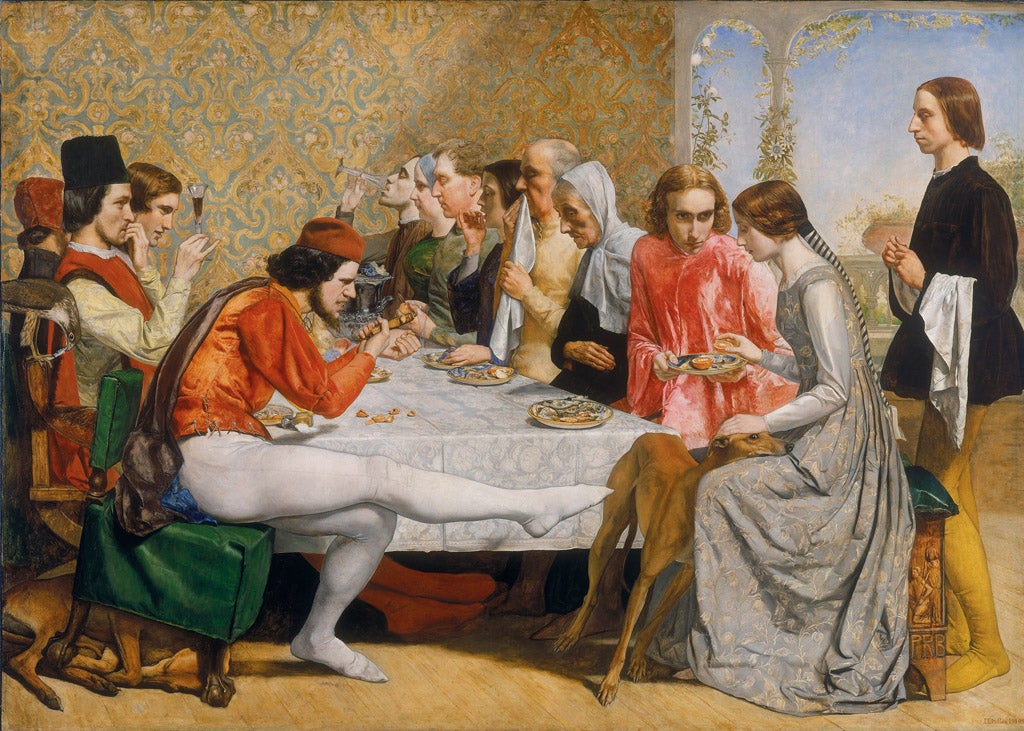
The Pre-Raphaelite exhibition to be shown at the Tate in November will attract some art-history novices after its curator pointed out a number of phallic symbols in the movement's most famous works.
With regards to the 'shadow-member' in Millais's Isabella (above), Stephen Bayley writes: "I think the eagerness to find an erect penis in a painting may tell us as much about Tate Curator Dr Carla Jacobi and her enthusiasms as it does about the covert nature of Victorian sexuality." For a start, "Victorian sexuality was not at all covert. The Pre-Raphaelites were just one example of a mentality described by Steven Marcus in his book The Other Victorians as 'part fantasy, part nightmare, part hallucination, part madhouse'. Sex was a part of this emotional maelstrom, as anyone who has read a poem by Swinburne knows. Never forget that the vibrator was – along with the kettle and the toaster – one of the first 19th-century domestic appliances to benefit from electrical power."

Join our commenting forum
Join thought-provoking conversations, follow other Independent readers and see their replies